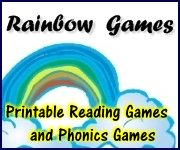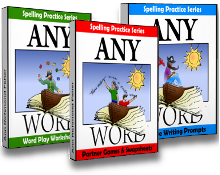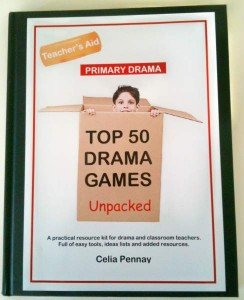How to Write a Report
Teaching Your Class How to Write Reports in Three Steps
Teach your class how to write a report the painless way, in three easy lessons for your plan book. Use creative informational reports to add a splash to non-fiction presentations. From biography to social studies topics to science units, teach your students to follow this three-step process, as they learn how to write reports.Lesson 1: How to Write a Report: Locating Resources and Reference Materials
- Step 1: Beforehand, discuss the levels and abilities of your students with your school librarian. Ask your librarian to design a media tour that best meets the needs of your class. Make your librarian aware of the topics your students are researching, so that the librarian can gear the tour specifically to those areas of study. From the media center tour, your class will gain a better awareness of the different types of resources and reference materials available, from Internet sources to books, encyclopedias, and periodicals.
- Step 2: Keep the tour short, so that kids are exposed to necessary information, but not overwhelmed by so many choices. After the tour, discuss the following outline together as a class:
- What book can you use to locate the meanings of words? What other books help us understand words better?
- What is an encyclopedia?
- What are non-fiction books?
- Where are the books about our research topics located in the library?
- Where is our library's reference section? What types of books are located there?
- What type of information can be gathered from the Internet?
- Step 3: Schedule time in the near future for students to return to the library for research into their selected topics.

Lesson 2: How to Write a Report: Gathering Information
- Step 1: Explain to your students that, in order to learn how to write a report, they need to learn to take notes. Taking notes helps us gather the information we need to write reports, and it takes practice. It's not an automatic skill! To take notes, we read something, we think about what it means, and we write the meaning down in our own words. It's also critical to take notes only on important information.
- Step 2: Have your students open their science or social studies textbooks to a pre-selected chapter. Discuss the meaning of any pictures or graphic aids in the chapter, as well as the title of the chapter. What does all of this information tell us? Read the first page of the chapter aloud, and allow time for students to think about that first page. Ask your class to share the most important information from this page, recording the responses on the board. Model how to take notes, writing in short, concise phrases that explain the main points.
- Step 3: Now have students silently read the second page of the chapter, taking their own notes for that page. Then share responses as a group. Continue this note-taking practice activity for a few pages, until it seems that your class is fully in the swing of good note-taking.
Lesson 3: How to Write a Report: Writing a Research Report
- Step 1: In the two previous lessons, students have practiced locating and collecting information. Although it's tempting at this point to simply start writing a report, there is one more thing that effective writers do: they organize their information. Distribute copies of the following outline and have your students use this to organize their thoughts and information:
- First, what do you want to share initially with your reader? What is your lead? Think of one really interesting piece from your report. Share this first.
- Next, what are the key points that you want to share in this research report? Begin with the first two here. Write the facts and information you have gathered on these points.
- Then, are there any more facts or information that should be shared? List that information here.
- Finally, this is the ending. Close with a good finale. Think of one more unique thing you can share about your research topic. Summarize the information you have presented.
- Step 3: Meet individually with each student to be sure that they are ready to write the rough draft of their report. Have them use the following outline to compose their rough drafts, reminding them to focus on the content itself:
- Research report topic:
- Title of research report:
- Lead or beginning:
- First supporting sentence/paragraph:
- Second supporting sentence/paragraph:
- Third supporting sentence/paragraph:
- Conclusion/summary:
- Step 3: Edit and revise in preparation for a final copy.
For more helpful activities in teaching paragraph structure, visit parts of a paragraph.html. If you need additional activities on essay structure, visit how to write an essay. This page, write a news story, contains helpful tips for writing interesting leads for reports.
Finally, to make those report presentations creatively intriguing, browse through this page on informational reports and this collection of articles linked from creative writing activities. They're full of hands-on ideas for cross-curricular projects and writing activities from a multiple intelligence perspective.
May your class enjoy learning how to write a report the painless way!
Return from How to Write a Report to Creative Writing Lesson Plans
Return from How to Write a Report to Creative Writing Ideas and Activities
Helping You Write Across the Curriculum!
copyright 2009-2013 www.creative-writing-ideas-and-activities.com
Our Most Popular Pages
5. Writing a Personal Narritive
10. Elements of Persuasive Writing
Recommeded Resources:
AnyWord(TM) Spelling Practice Series!
Worksheets, games and activities to use with any spelling words. Three volumes in all!
Stop Essay Pain!
LitWorks.com
Resources to help students prepare for literature examinations.
Teach Kids Drama!








